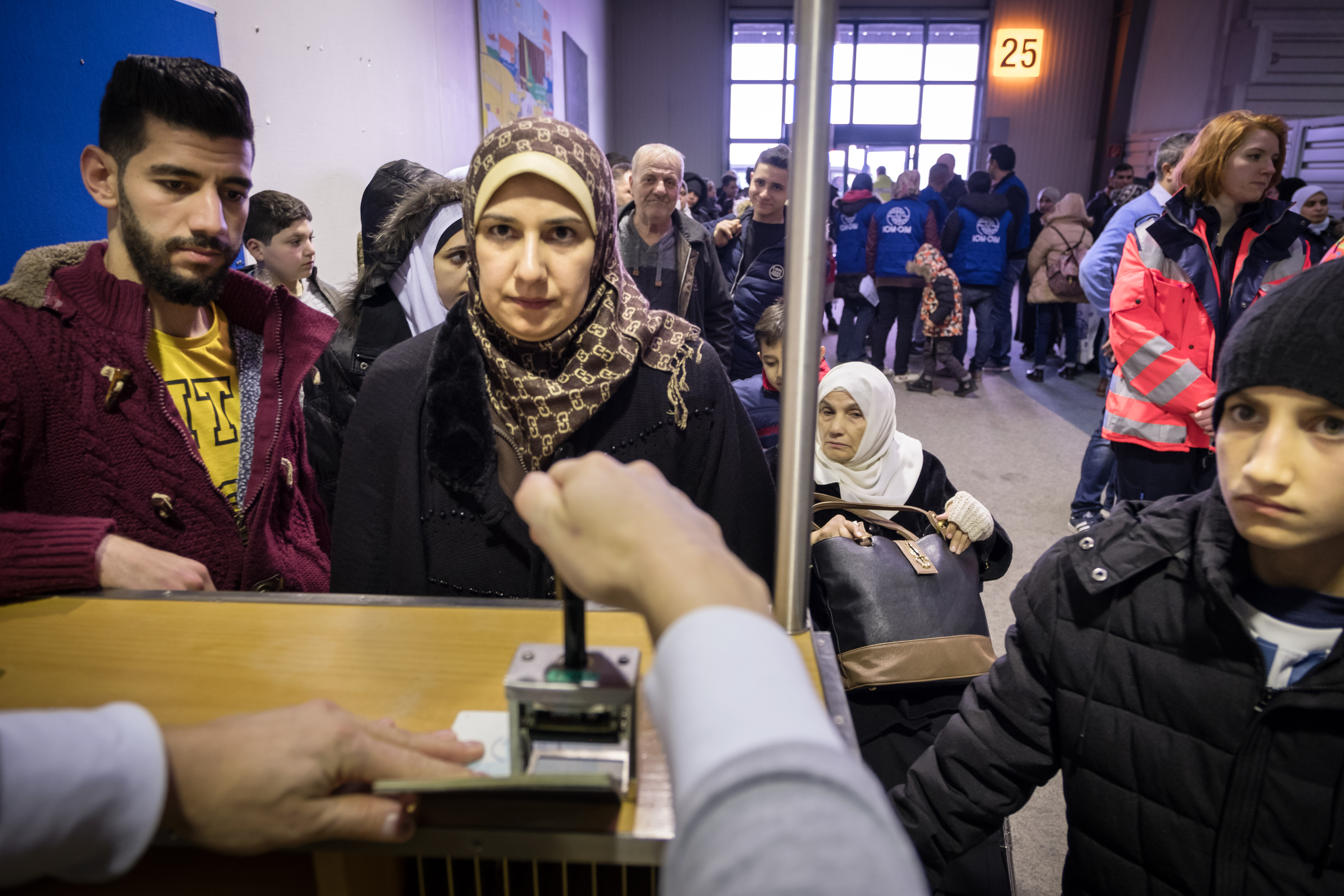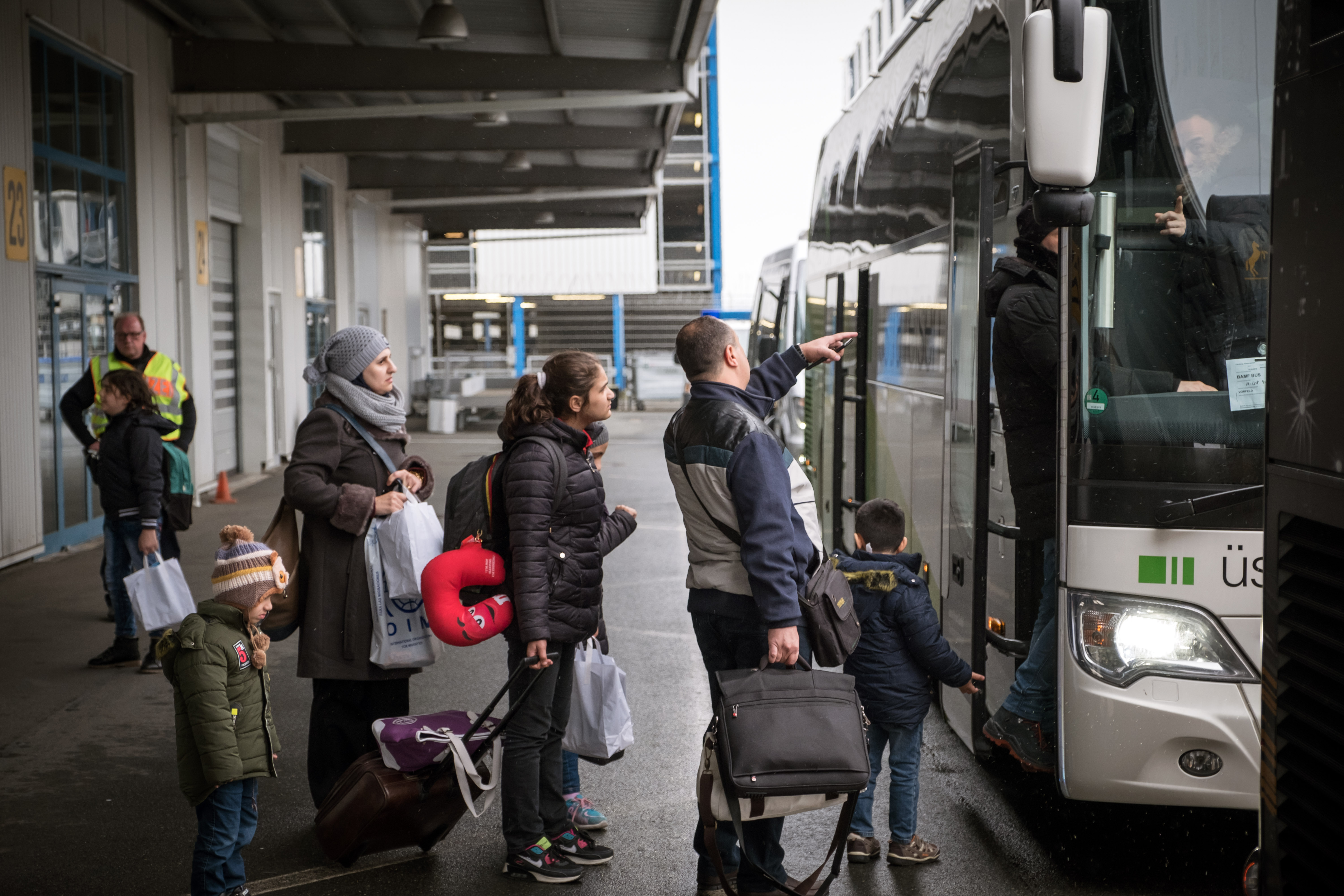
Today, there are an estimated 82.4 million people displaced worldwide as a result of persecution, conflict, violence, and human rights violations—26.4 million are refugees, and 4.1 million are asylum seekers, according to the UNHCR. From 2014 to 2020, Germany has consistently accepted more refugees than any other country in the European Union, according to Eurostat. In December 2018, Eurostat reported that 1.8 million people in Germany had a background as a refugee. Today, more than half have found a job, paid training, or internship.
The wave of asylum seekers arrived in Germany predominantly between 2015-2016. Most traveled thousands of miles on land, air, and sea, risking their lives to seek safety. The Missing Migrants Project estimates one in 33 people died attempting to cross the Mediterranean in 2019. For those who survive the journey, rebuilding their entire life in a new country where they don’t speak the language and none of their credentials are recognized is a whole other obstacle.
In this project, Annie Lin travels to Germany to speak with four refugees from Syria, Afghanistan, and Iraq, about how their paths differed yet converged through the non-profit organization, Malteser International, which has helped them establish a new life in Germany.



